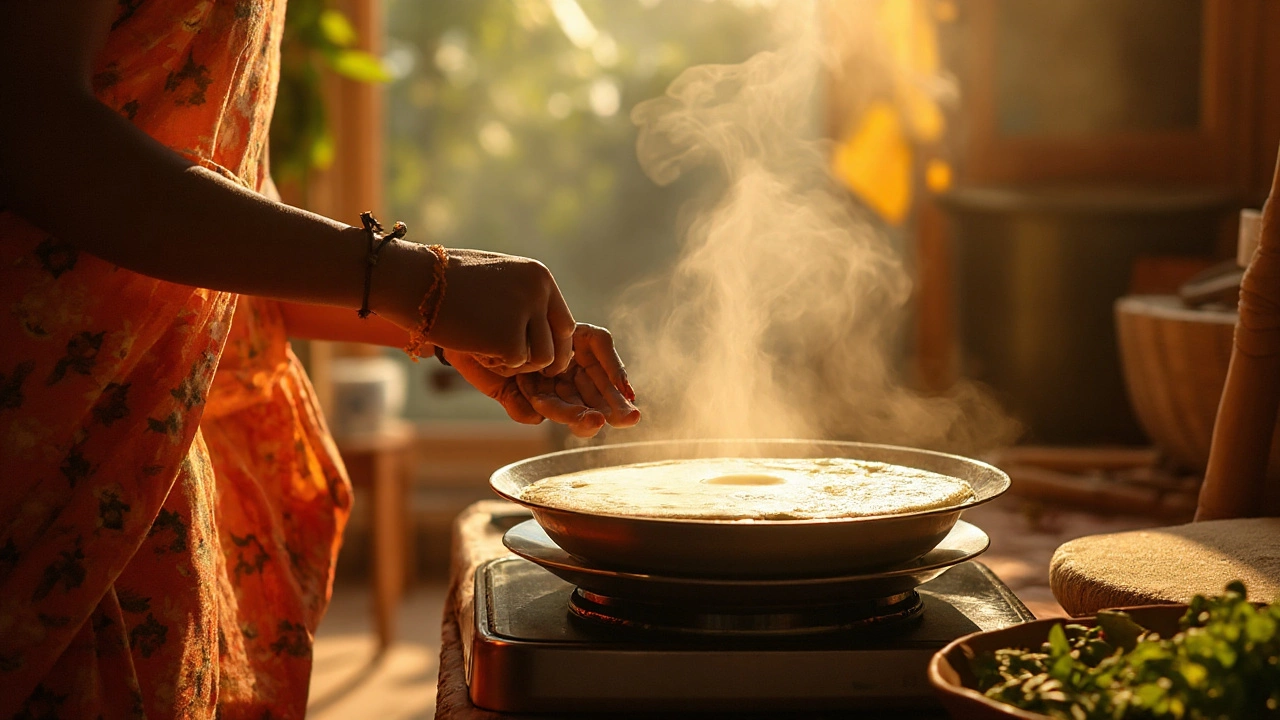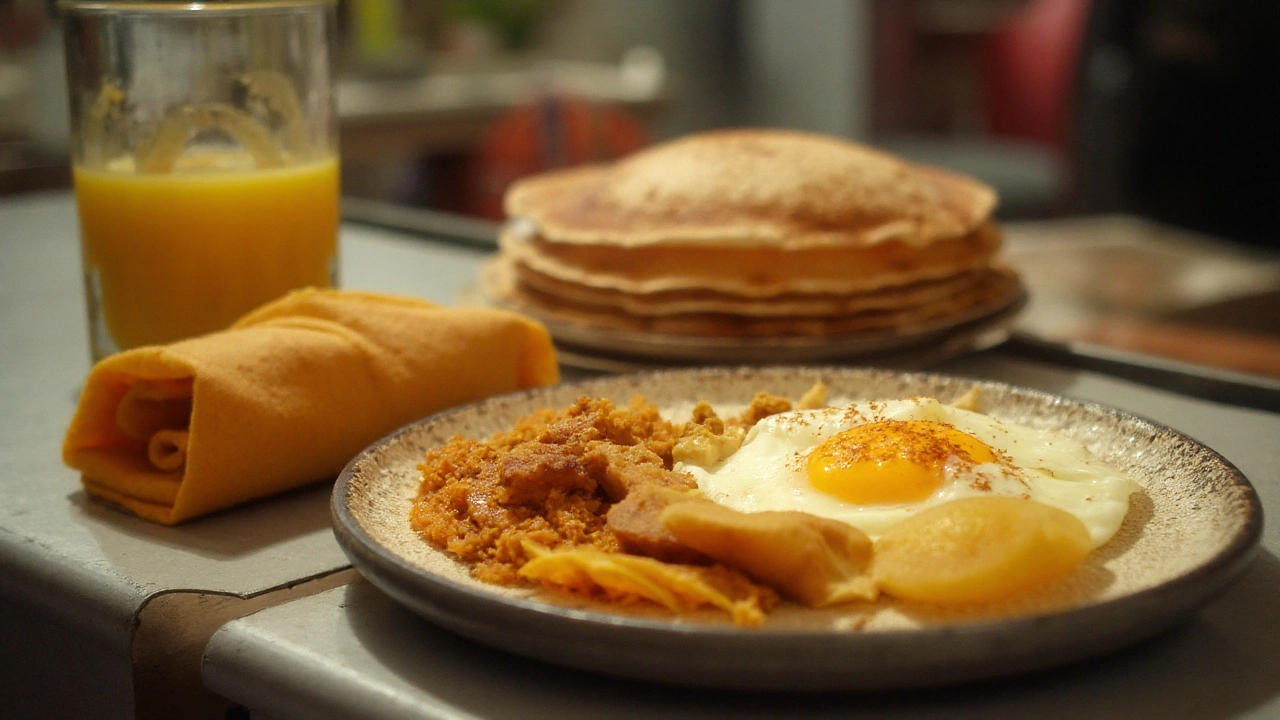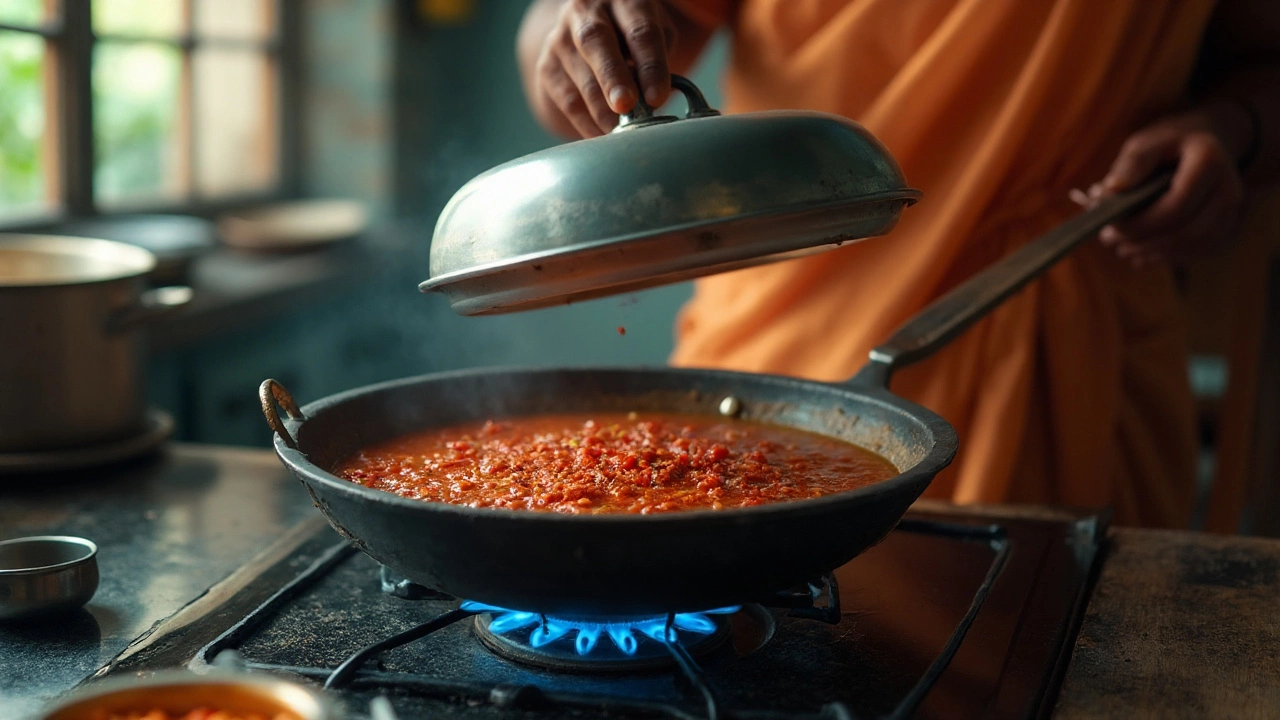September 2025 Indian Cooking Archive
When talking about Indian cooking, the practice of preparing dishes that reflect India's diverse regions, spices, and traditions. Also known as Indian cuisine, it brings together flavors, techniques, and cultural habits that vary from north to south. A key player in this world is Dosa, a fermented rice‑and‑lentil crepe popular in South India, sometimes called a South Indian crepe. Another core concept is Indian meal times, the structured periods for breakfast, lunch, and dinner that differ across states, also referred to as regional eating schedules. Finally, Chutney, a versatile condiment made from herbs, fruits, or nuts, often known as Indian relish, ties many meals together.
One of the biggest hurdles for home cooks is getting a batter to ferment fast enough for that perfect crisp. The posts in this collection show that instant fermentation isn’t magic; it’s about temperature, starter cultures, and a pinch of chemistry. By warming the batter to a gentle 35‑40 °C, adding a spoonful of already‑fermented batter, or even using a tiny amount of commercial yeast, you can shave hours off the waiting time. These tricks keep the natural sour notes while delivering the airy texture you expect from a good dosa. The guide also warns against overheating, which can kill the wild microbes and leave you with flat, dense crepes.
Why Lunch or Dinner Takes Center Stage in Different Regions
The question of the most important meal in India doesn’t have a one‑size‑fits‑all answer. In the south, a hearty lunch often includes a rice‑based thali, because the midday heat makes a solid meal ideal before the workday ends. Up north, dinner can be the main gathering, featuring richer gravies and breads, because families traditionally break fast later in the evening. Health data from regional studies shows that people who align their largest meal with their cultural norm tend to have better metabolic markers. The article breaks down how climate, work patterns, and even religious festivals shape when Indians pack the most calories onto their plates. Understanding these patterns helps you plan meals that feel authentic and keep you feeling balanced.
Chutney might seem simple, but whether you keep the lid on or let it breathe changes the final flavor dramatically. A covered pot traps steam, slowing down reduction and preserving bright herb notes—perfect for fresh cilantro or mint chutney. Leaving the lid off encourages evaporation, concentrating sugars and creating a thicker, sweeter dip—ideal for fruit‑based chutneys that need a glossy finish. The guide also points out that temperature matters: a low simmer with a lid yields a smoother texture, while a high boil uncovered can brown the ingredients, adding depth. These small adjustments prevent the common pitfalls of watery or overly bitter chutneys and let you tailor each batch to the dish you’re serving.
All three topics intersect through a single thread: the balance between tradition and practicality. Whether you’re speeding up dosa fermentation, deciding which meal to highlight, or tweaking a chutney’s steam level, the goal is the same—delivering authentic taste without unnecessary hassle. The September archive captures this mindset by offering quick fixes, cultural insights, and precise cooking tips. Readers will find actionable advice that respects the roots of Indian cooking while fitting modern kitchen schedules.
Below, you’ll see each of these deep dives laid out in full detail. The articles walk you through step‑by‑step methods, back up claims with real‑world data, and give you the confidence to experiment. Dive in to level up your home cooking and enjoy a richer, more informed Indian food experience.
How to Ferment Dosa Batter Instantly: Quick Tricks for Perfect Crisps
Learn proven shortcuts to ferment dosa batter immediately using heat, starter culture, or simple chemistry, so you can enjoy crisp dosas without waiting.
Read moreMost Important Meal in India: Lunch vs Dinner, Regional Traditions, Health Evidence
Is there a single most important meal in India? Learn how lunch, dinner, and breakfast matter across regions, what health data says, and how to eat like a local.
Read moreDo You Cook Chutney Covered or Uncovered? Lid-On vs. Lid-Off Guide
Chutney lid on or off? Quick rules for fresh herb, coconut, tomato, and fruit chutneys. When to cover, when to vent, how to reduce, and how to avoid watery or dull chutney.
Read more

